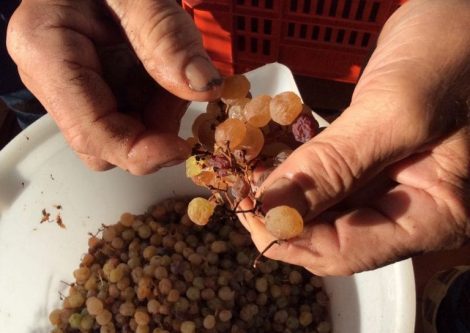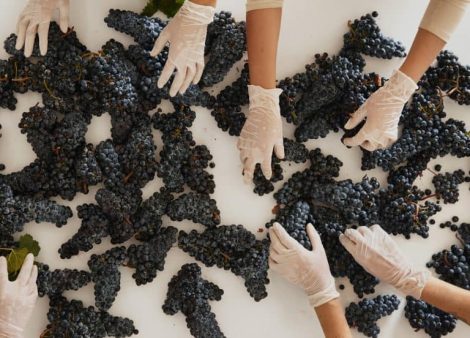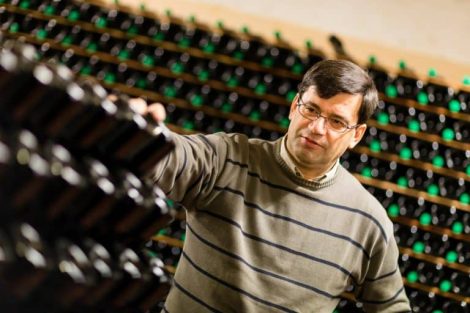According to Germany's National Meteorological Service, two months' worth of rain fell in just 24 hours. The central European regions of Germany, Belgium and the Netherlands have never experienced so much rain. The death toll from what has been described as the flood of the century is still being counted, and hundreds of missing persons are being sought in the various municipalities affected. The torrential rainfall, which engulfed bridges and roads, caused disruption to public transport and changes to the landscapes, affected also several winegrowing and wine-tourism areas, especially in Germany. The damage is concentrated in the western region of the Eifel range, particularly in the lush valley of the Ahr river, a tributary of the Rhine, where 563 hectares/1391 acres are planted with vines (one of the smallest areas in Germany). Here, the last major flooding occurred in 1910. A sparsely populated area known both for one of its finest wines, Pinot Noir, and for its great ability to withstand challenges and bounce back. With cellars and wine shops flooded and offices swept away by water, fundraising and solidarity campaigns for reconstruction have already begun. Area’s winegrowers are familiar with the consequences of flooding and are used to batten down the hatches. This time, it was the speed and violence of the event that made the difference. The local media collected dozens of testimonies from producers. In the municipality of Bad Neuenahr-Ahrweiler in the Rhineland-Palatinate state, Michaela Wolff, who runs Weingut Sonnenberg with her family, spoke of a 'bomb effect' caused by the rains. At the Selbach-Oster winery, flooded by the Moselle, Johannes Selbach and his son Sebastian swam into the barrel cellar to save the production, as reported by Wine Spectator. In general, in many of the affected areas (from Mayschoss to Dernau), there was no way to secure the working machinery and, in addition to the human losses, there are tractors and presses missing. The grapes continue to grow and the vintage will be a ritual to be performed in any case and at any cost, even if – as local newspapers report – few wineries are ready to bring something home in the coming months. In order to get going again as soon as possible, equipment and, above all, labour are needed. Willpower is certainly not lacking. In the meantime, the German Wine Institute is collecting donations and offers of help on its website: www.deutscheweine.de –G.A.
The plight of Germany's Ahr wine growers. Here's how to help them get back on their feet
Jul 29 2021, 16:18 | by Gambero Rosso
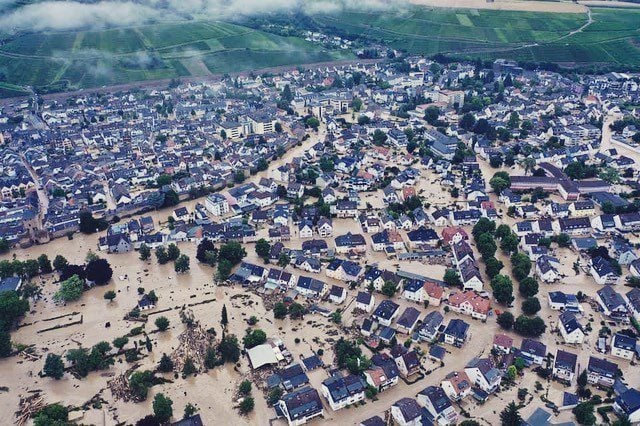
The damage is concentrated in the western region of the Eifel range, particularly in the lush valley of the Ahr river. Here's how to help Germany's wine growers.
More from Gambero Rosso
I authorize the processing of my personal data for the sending of commercial communications by the Joint Controller companies indicated in the privacy policy, whether part or not of Class Editori, through the use of traditional (telephone with operator, paper communications) and automated (e-mail, sms, mms, fax, telephone without operator, posts on social network accounts means including any participation in surveys and/or market analyses.
I authorize the processing of my personal data for the sending by the Joint Controller companies indicated in the privacy information, whether part or not of Class Editori, of commercial communications from third parties, belonging to the following product sectors: agriculture, insurance, banks, commerce, education, finance, industry, tourism, fashion, IT, legal/administrative, marketing, media and communication, public administration, real estate, healthcare, through the use of traditional (telephone with operator, paper communications) and automated (and -mail, sms, mms, fax, telephone without operator, posts on social network accounts) means.
Profiling also takes place through tracking technologies such as first and/or third party cookies and other tools made available by third parties, such as, for example, social networks (e.g. Meta) or third party advertising service providers (e.g. Google) possibly associating these data with those acquired as a result of my registration to the services and/or subscriptions available on the Site or on the sites of the Joint Controllers.

 Trump’s tariffs? Italian wine could lose up to €330 million a year
Trump’s tariffs? Italian wine could lose up to €330 million a year From Franciacorta comes the first extra virgin olive oil by Ca' Del Bosco
From Franciacorta comes the first extra virgin olive oil by Ca' Del Bosco Trump freezes tariffs: the beginning of a new (absurd) way of doing politics marked by volatility
Trump freezes tariffs: the beginning of a new (absurd) way of doing politics marked by volatility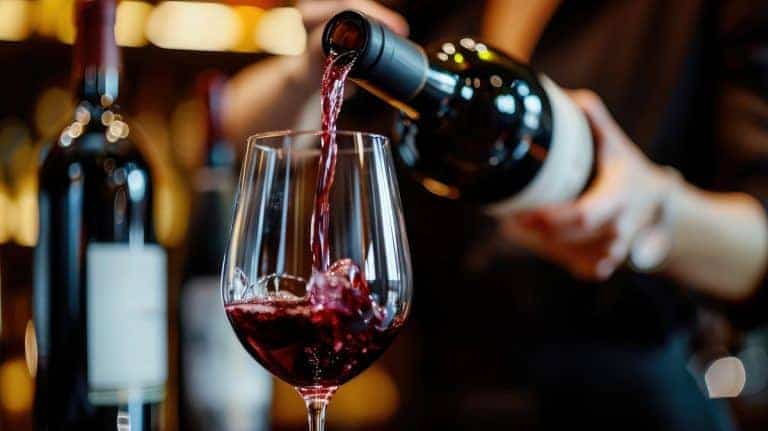 The 15 best value Aglianico del Vulture wines chosen by Gambero Rosso
The 15 best value Aglianico del Vulture wines chosen by Gambero Rosso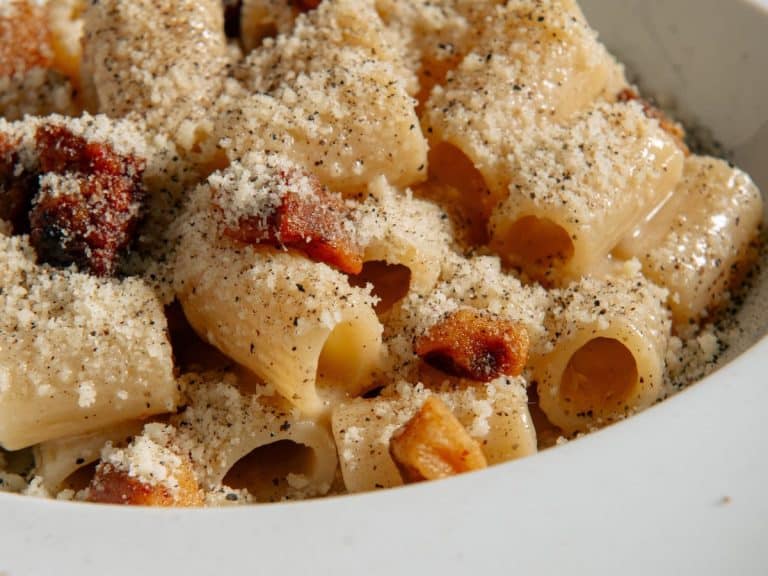 One of the best Carbonaras in Rome is made by a trattoria that offers more than just traditional cuisine
One of the best Carbonaras in Rome is made by a trattoria that offers more than just traditional cuisine
